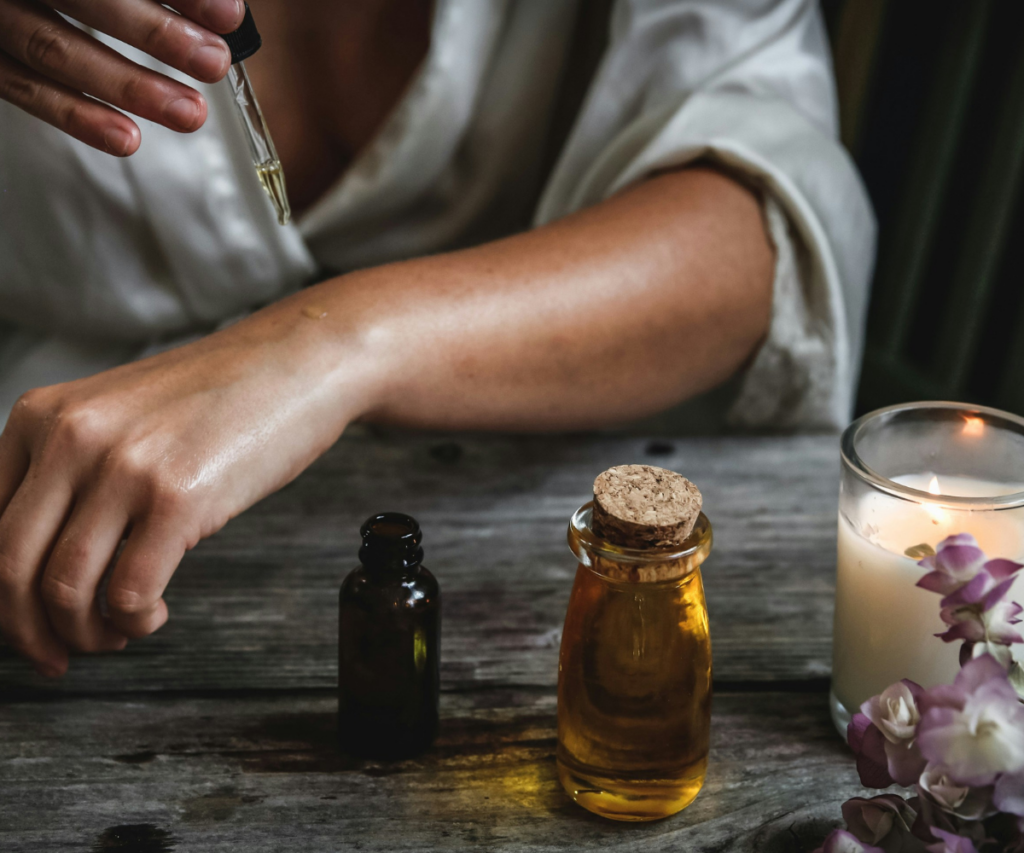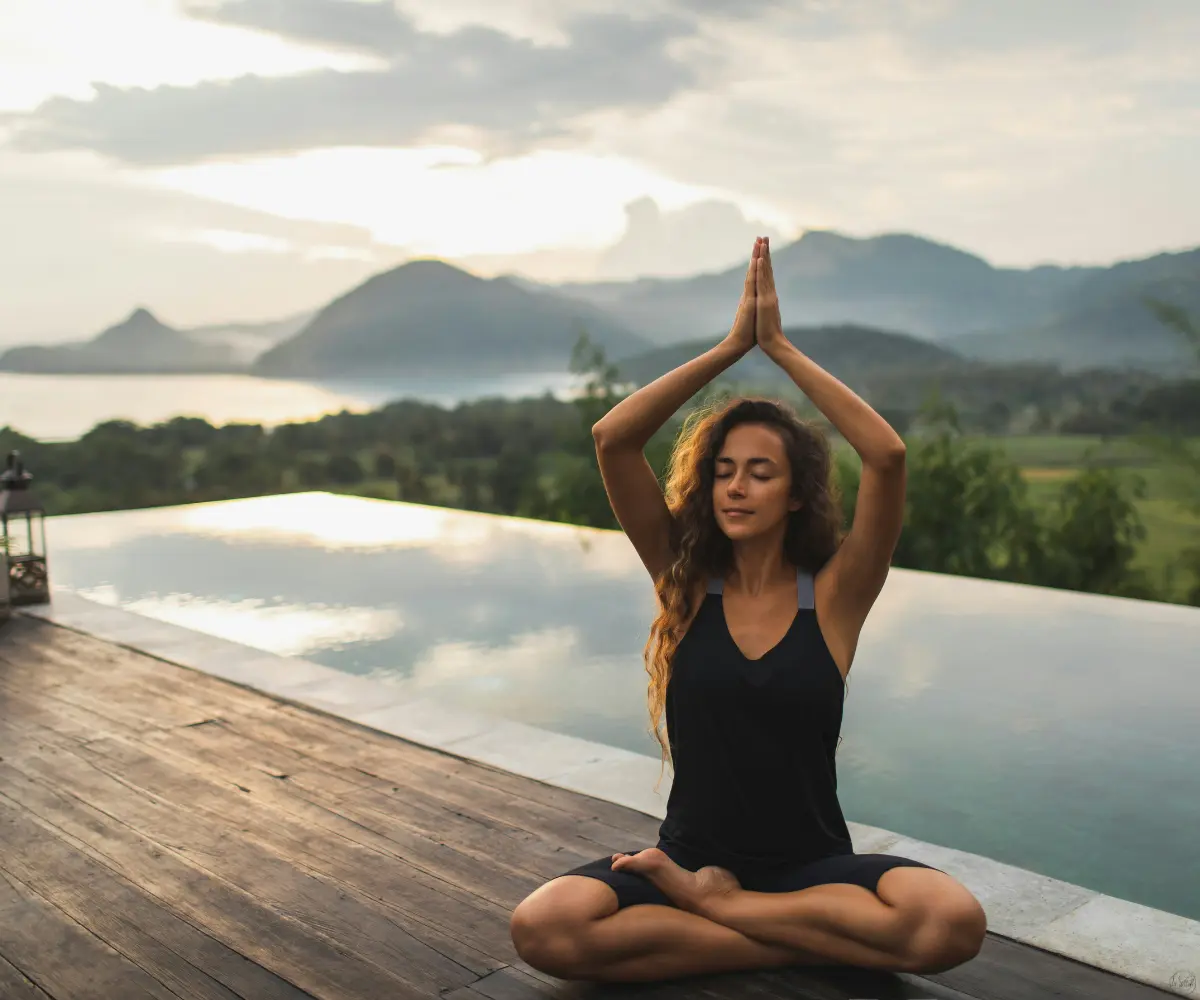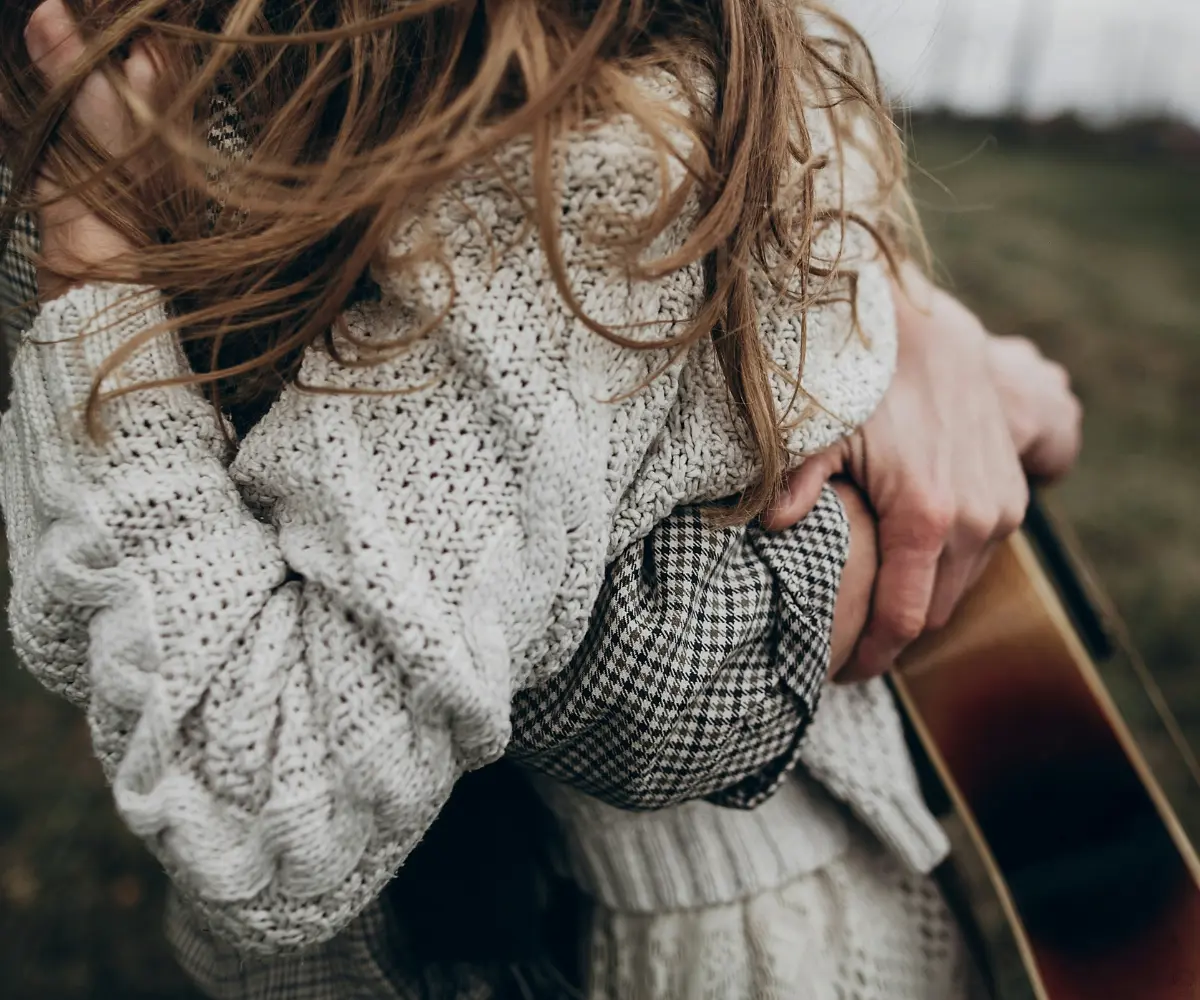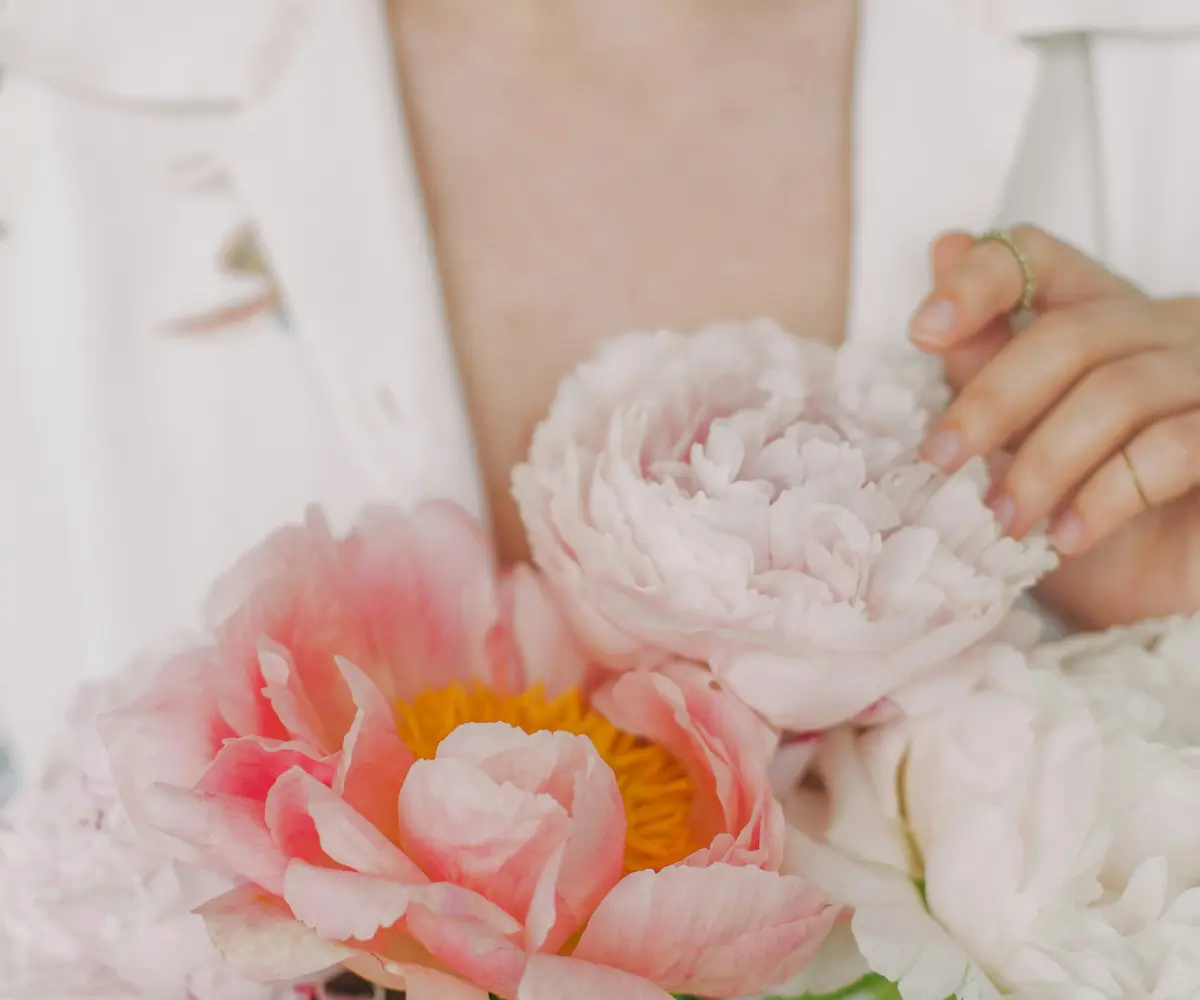The word “aromatherapy” is more searched than ever before. Most people associate “essential oil” with a fragrant little bottle, and often connect these two concepts together. Brands and companies from various sectors use “aromatherapy” to attract more customers, appear trendy and interesting, or to ride the green wave of ecology and sustainability. So, what’s the real deal, and how can we choose wisely?
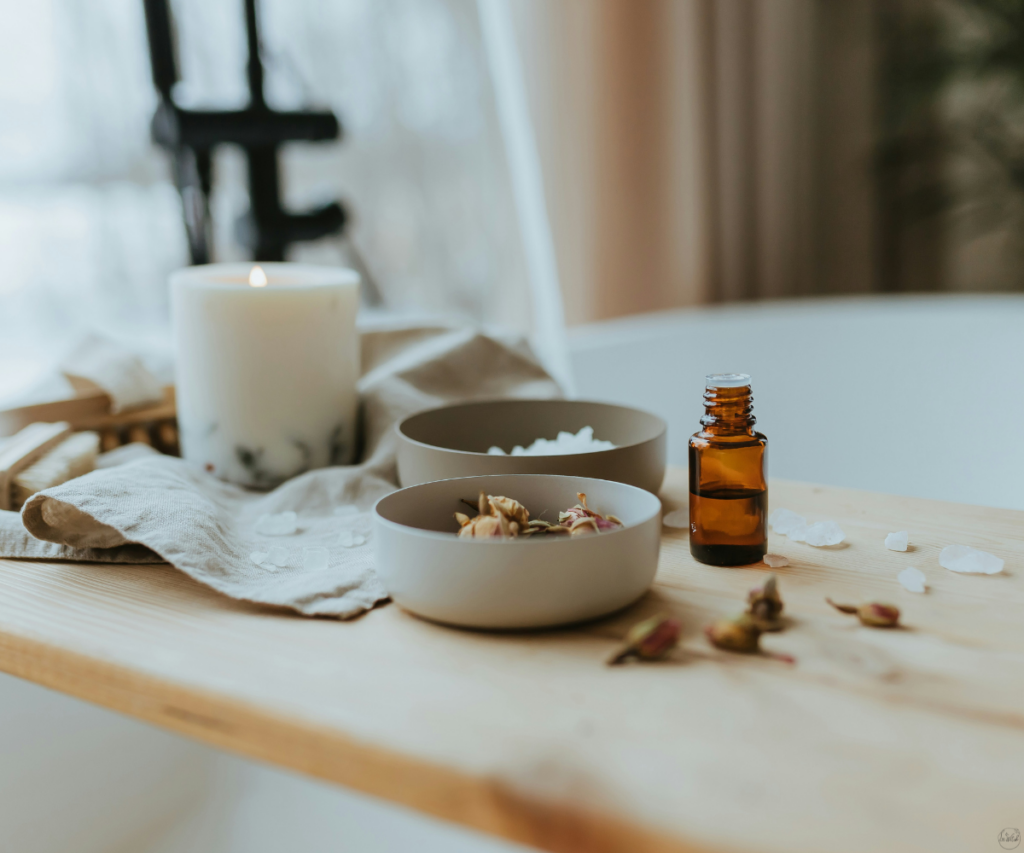
Important information is missing from the market
As an aromatherapist and teacher of aromatherapy courses, I meet people daily who’ve bought a bottle of lemon, peppermint, or lavender essential oil, but when we go over safety rules and usage methods, they’re either shocked or stare at me in disbelief.
Why customers don’t receive this important information is a topic I won’t dive into here. Instead, I’ll focus on supplementing this missing knowledge, pointing out the most common mistakes and misunderstandings when using essential oils safely, and sharing real-life examples I often encounter. So let’s dive in. 😊
A bit of terminology to begin with – so we understand what we’re buying
To support our physical or mental health using aromatherapy (therapy through scents), only essential oils are used. You might also see the term “aromatic oils” – both names are okay. What doesn’t belong in aromatherapy are fragrance oils, “therapeutic” scent blends, perfumed oils, anything that includes the word “parfum” in the ingredients, or scented candles. Sorry dear sellers, but these are just aromas, not therapies.
How and why should we use essential oils?
There are many reasons to apply essential oils, and I’ll explore them in future articles. This includes the use of aromatherapy for babies and children, which I’ll dedicate a separate article to.
Essential oils can help improve our physical and mental condition, aid in regeneration, promote deep sleep, release emotions, or support self-confidence. I personally focus on the psychological effects. Many people come to me – men and women – who can’t sleep due to stress, can’t calm their minds day or night, suffer from anxiety, sadness, loneliness, or low self-esteem. (Sometimes they just have a cold too 🙂).
Essential oils affect us through their scent and the chemical compounds they contain. The scent, even if we don’t like it, won’t harm us. But we do need to be cautious with the chemical composition. Each essential oil can contain 50–250 naturally occurring compounds from the plant. Since plants produce these to survive in the wild, their strength doesn’t always align with our well-being.
Here are a few basic safety guidelines I recommend following:
- Never apply essential oils directly to the skin without dilution
- Always mix with milk or cream before adding to a bath
- Avoid touching your face (especially eyes) when handling essential oils
- Never ingest essential oils
- Respect contraindications
- Keep essential oils far from children
- Don’t use oils you don’t know
- Use strong or aggressive oils only highly diluted
- Peppermint and eucalyptus globulus oil should never be applied to the upper body of children under 10
So if that’s what not to do, how should we use them?
There are two main ways essential oils can enter our bodies: through inhalation or through the skin via massage. When applied to the skin, the oils are absorbed into the bloodstream, allowing them to circulate throughout the body—especially to the areas where they’re most needed.
I teach my clients and course participants how to distinguish between these two methods of application to get the most benefit, while also using the oils as efficiently as possible—so that they last as long as they can.
Inhalation – when and how?
You inhale essential oils whenever you smell them through your nose. Common methods include aroma lamps, diffusers, air fresheners, inhalers, or simply sniffing the bottle (though that’s not recommended often due to fast oxidation). The most common method is adding drops to an aroma lamp or diffuser, but even that requires a few rules:
- The aroma lamp should be at least 10 cm high to avoid burning the oils
- Number of drops depends on room size (approx. 4–10 drops)
- Inhale for only 15–20 minutes
- Be mindful of pets and children – some oils are not suitable for them
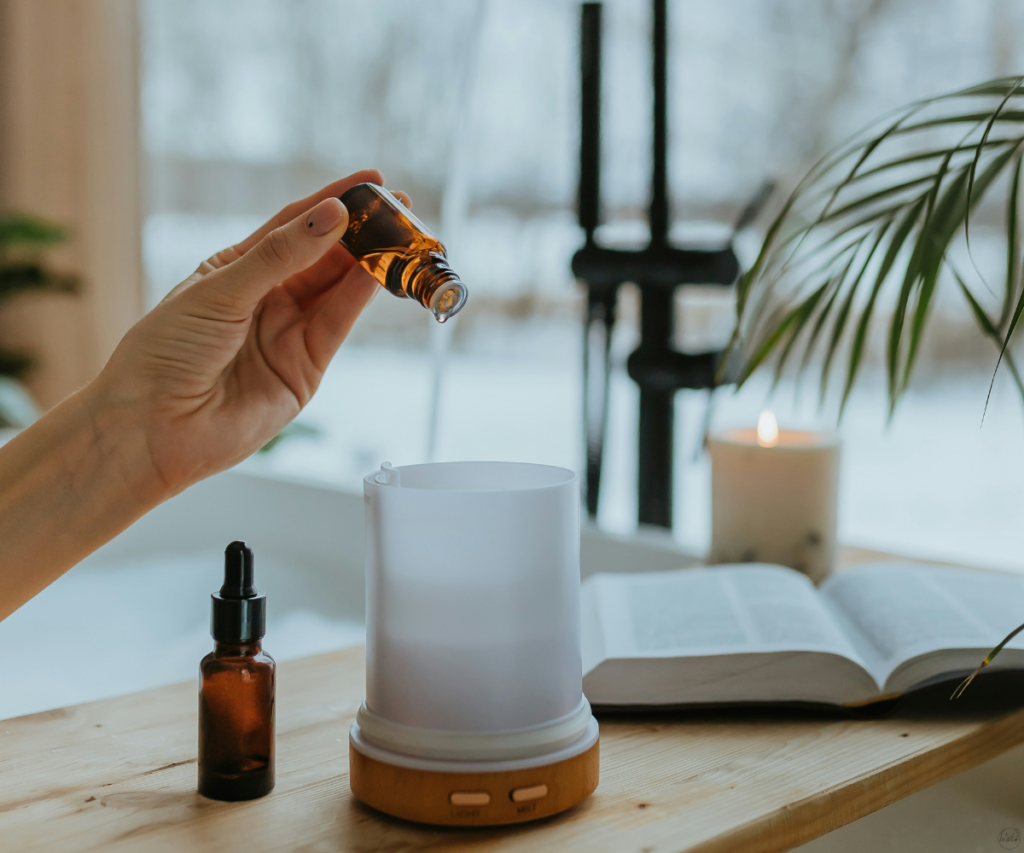
This method is ideal when someone at home is ill, when you want to clean and refresh the air, or just create a cozy atmosphere.
In practice, I often see people using whatever oil is at hand or trying to just “scent their apartment,” then wondering why it’s not working. Essential oils aren’t home perfumes, and I encourage people to treat them with respect.
Skin Application – when and how?
Using essential oils on the skin requires more knowledge, but it’s much more effective than inhalation. You’ll need a carrier – like plant oil, plant butter, cream, or balm. Add a few drops of essential oil and massage into an area like the abdomen, feet, legs, back, or chest.
For 30 ml of carrier oil/cream, use only 10–12 drops of essential oil. Choose carefully both the type of oil and number of drops.
This dosage applies only to adults under 65, who aren’t pregnant, not breastfeeding, and don’t have major psychological issues.
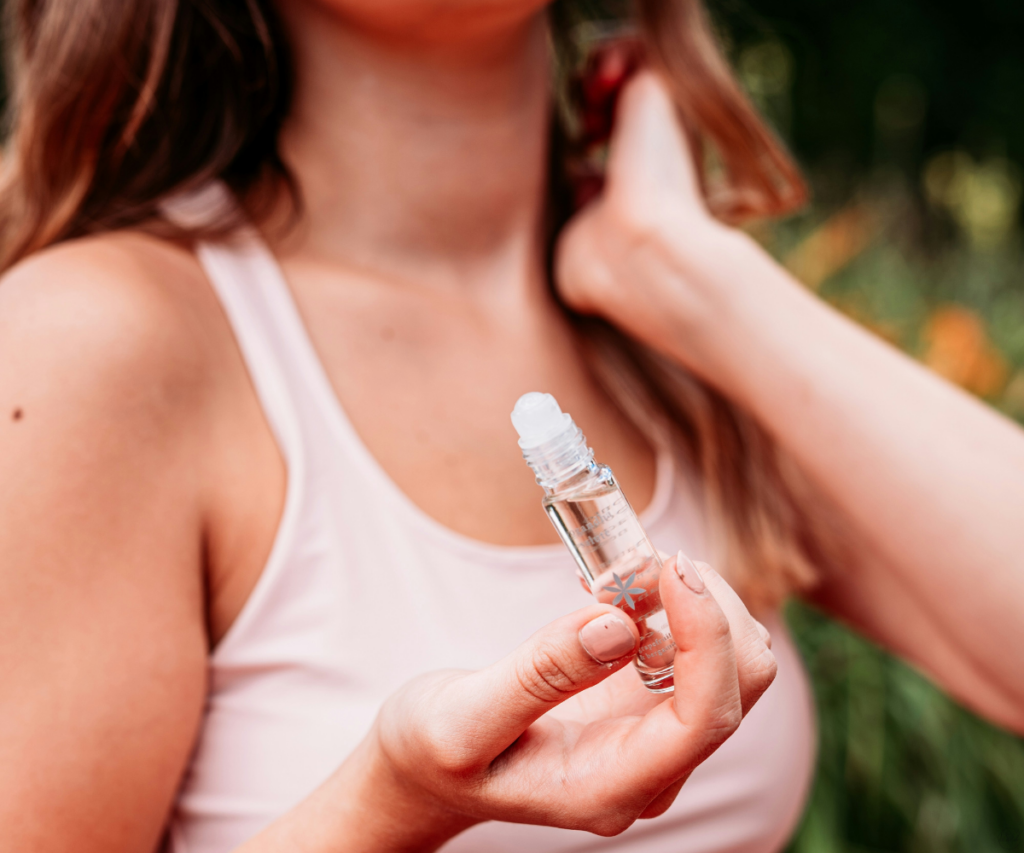
A common mistake I see is using strong oils like clove, peppermint, ginger, thyme, rosemary, or eucalyptus globulus – all of which are too aggressive for children’s skin and should not be inhaled by children under about 5 years old. In adults, using too much can cause skin irritation, redness, or itching – always dilute well and choose wisely.
How to use essential oils in a bath?
In my opinion, this is the most pleasant and practical way to use essential oils – and I highly recommend it. If you don’t have a bathtub, you can still enjoy partial baths like foot, hand, or sitz baths.
For a full-body bath, use 4–10 drops of essential oil total. Always mix them first with a spoonful of milk or cream, then add to a filled tub. Essential oils are not water-soluble, so if you skip this step, they’ll stick to your skin and may cause irritation.
If you don’t want to use milk or cream, you can substitute honey, or as a last resort, salt – though it’s not quite as effective.
Baths with essential oils are especially helpful when you’re sick, weak, or feeling down emotionally.

My tip: The higher the fat content in the milk or cream, the better the oils dissolve – and the more your skin benefits from the nourishing fats. If you can spare it, use a whole container of rich milk or cream for a luxurious bath (though a spoonful is technically enough). I also recommend adding sea salt or Epsom salt.
Combining pleasure with purpose
I hope this article gave you some interesting insights or inspired you to use essential oils more mindfully in daily life. I wish you a joyful, safe, and delightful aromatherapy experience. Whether you decide to inhale essential oils, massage them in, or treat yourself to a soothing bath – the most important thing is to listen to your body and how you feel. 💛
